
Release time: 2017-03-08 13:22 Browse volume:2808
BIZOE was preparing for MIFF,welcome to Malaysia to met us.Let's show you some informations of our cabinets now!
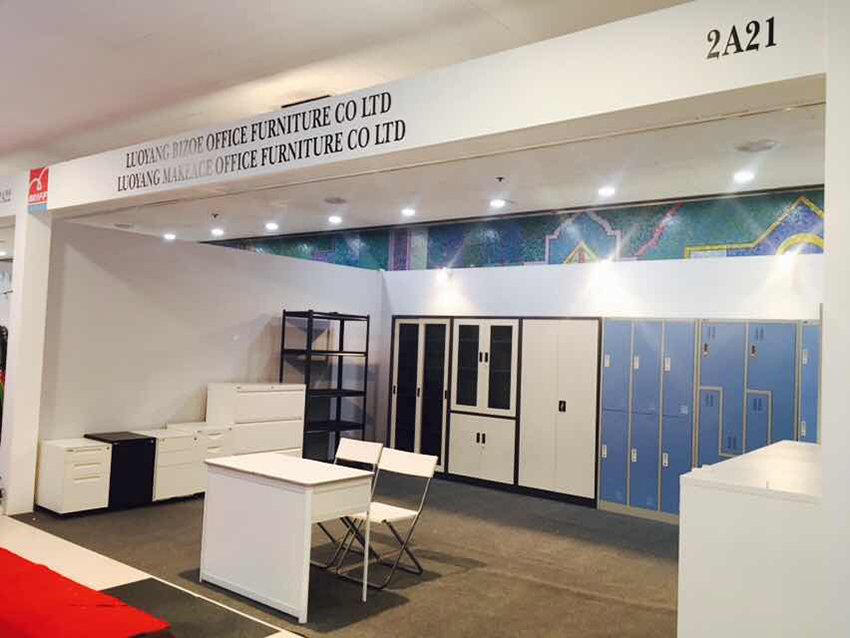
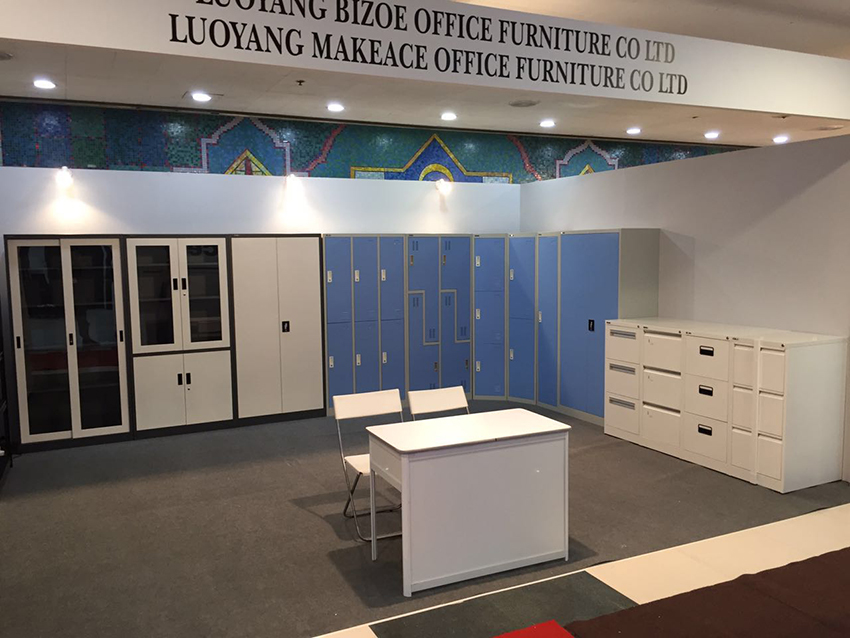
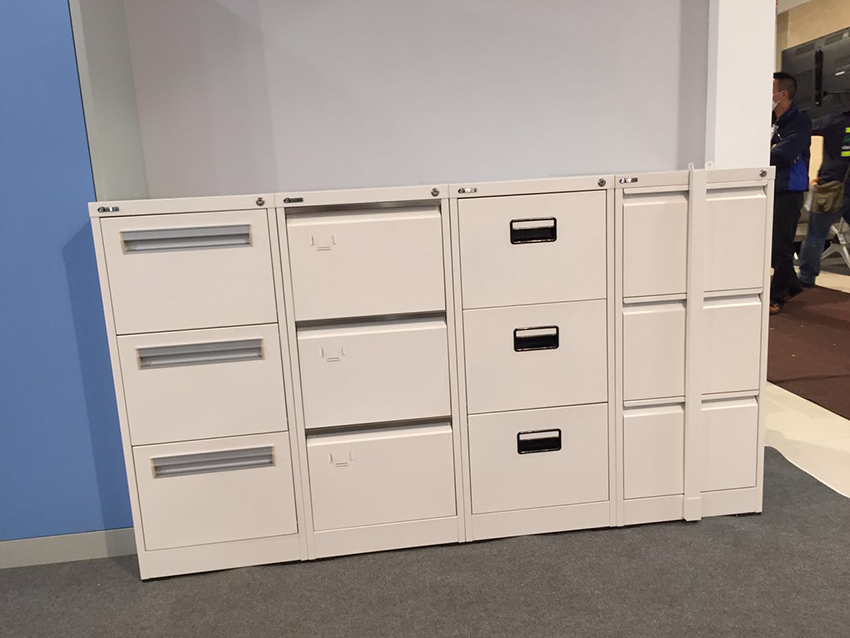
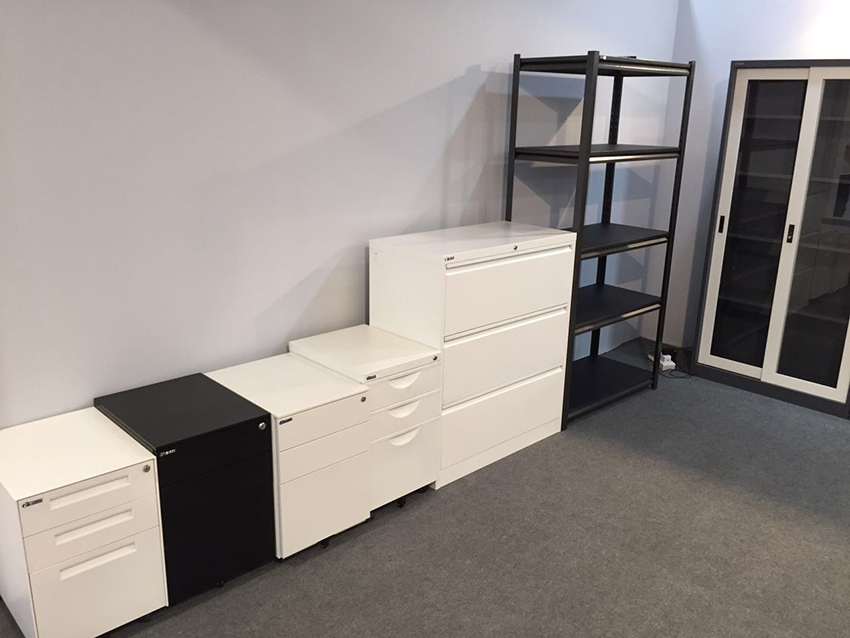
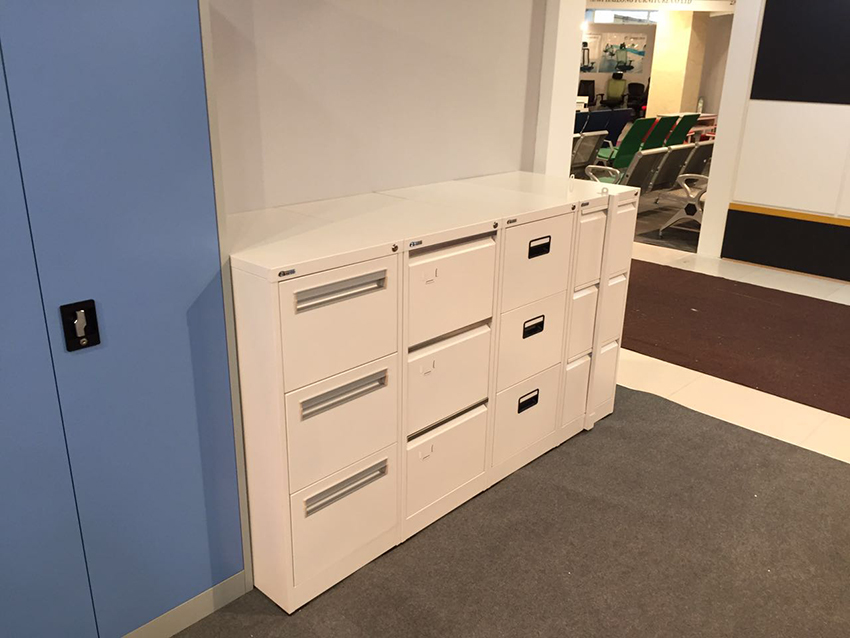
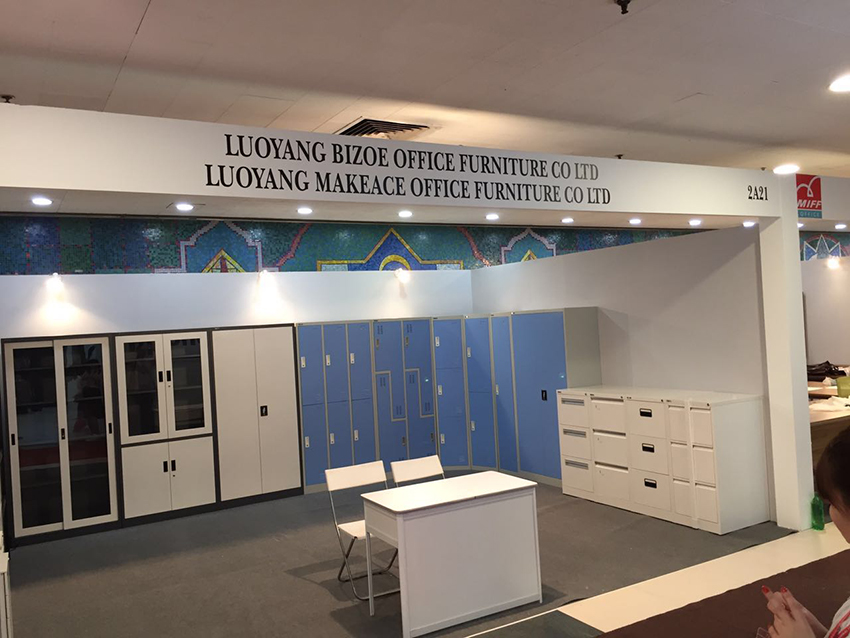
What should an office contain? Creating the right environment for productivity can be a challenge in any space. Large, open plan offices can lack character and privacy. Small closed in offices can limit valuable communication and create a feeling of isolation. Cultivating the right environment is important for morale, comfort and focus and all of these things will lead to higher performance from your most valuable asset.
The Health & Safety Executive offer tips and guidance so that you can follow legal regulations to ensure that risks to your employees are reduced and all employers should follow this standard as a matter of course. However, ergonomics takes this a step further. Not only considering the working space from a risk perspective but also for comfort and ease of use. Good ergonomics will create efficiency and contribute to safety as well as providing equipment that is fit for purpose.
When considering ergonomics, think about everything that a user must interface with in order to complete their daily tasks. The desk size, space, height and depth all forms part of the overall user experience. Is there enough support when using IT equipment, should wrist support be considered? One of the things which requires most consideration is the chair. Chairs should support the body, support activity, promote movement and enable performance whilst ensuring that no harm is being caused. Consider your office furniture carefully as this is one of the areas that can make or break a good working environment.
It’s no surprise that bringing something organic and natural into your office can create a good working space. Plants have many benefits, none of which should be overlooked. Plants help us to breathe easier, taking in our unwanted carbon dioxide and producing increased levels of the oxygen that we need to survive. Plants also release water vapour which creates humidity in the air. Low humidity has been considered to contribute to ‘dry skin, irritated sinuses and throat, and itchy eyes’. All of these symptoms can reduce the productivity and potentially the attendance levels of your workforce. Aside from the scientific benefits, choosing the right plants can also enhance the aesthetics of your work space, which in turn can promote creativity and boost morale.
“If a cluttered desk is the sign of a cluttered mind, what is an empty desk the sign of?” This is one of Einstein’s muses on the issue of clutter in a work space. There is a lot of debate about whether a messy desk or a clear desk is better. A messy desk allows for everything to be at hand when needed, whereas a clear desk can create a more calming environment. Find your own style, but make sure that a messy desk has some semblance of order and a clear desk has a clear filing system in case something needs to be located quickly for immediate attention.
Natural light vs artificial light? Most reports into the effects of lighting agree that natural light is best. So wherever possible, in your working environment, natural light should be maximised. Lifting blinds once the sun has moved, positioning desks close to windows or furnishing rooms with mirrors to reflect natural light are all ways to increase the amount of natural light flowing through an office. In some offices, natural light is not as readily available and the work space must rely on artificial light. Serious consideration should be given to the type of artificial light provided. Studies conducted by J. N. Ott demonstrate the link between light and mortality rates in C3H mice (which are highly prone to tumor development.)
Many factors will impact on the temperature of an office and, understandably, the temperature will change throughout the day and seasons. Health and safety regulations dictate only that the temperature is ‘reasonable’ and the Approved Code of Practice states that the minimum temperature of a work space is 16 degrees Celsius (or 13 degrees Celsius if the work involves severe physical effort). There is no guidance as to the upper temperature limit but this must be considered to ensure optimum performance. Studies conducted by Cornell University concluded that 25 degrees Celsius is the optimum temperature in an office. However, the temperature effect on each individual will depend on their clothing, weight and age. Furthermore, the method used to achieve the desirable temperature will also impact on the productivity in the office; we already discussed humidity which can be increased with plants in the office, along with the number of people in the office. Humidity can be adversely impacted by air conditioning units, on the other hand, opening windows can create drafts which can be felt by some more than others and can whip up a storm of paperwork in cluttered offices!
These 5 points are worth serious consideration when designing the perfect office and deciding on the best equipment with which to furnish your space. Aside from legal requirements, there is not always a right or wrong when creating the perfect office environment which contains a balance of productivity, inspiration and comfort.